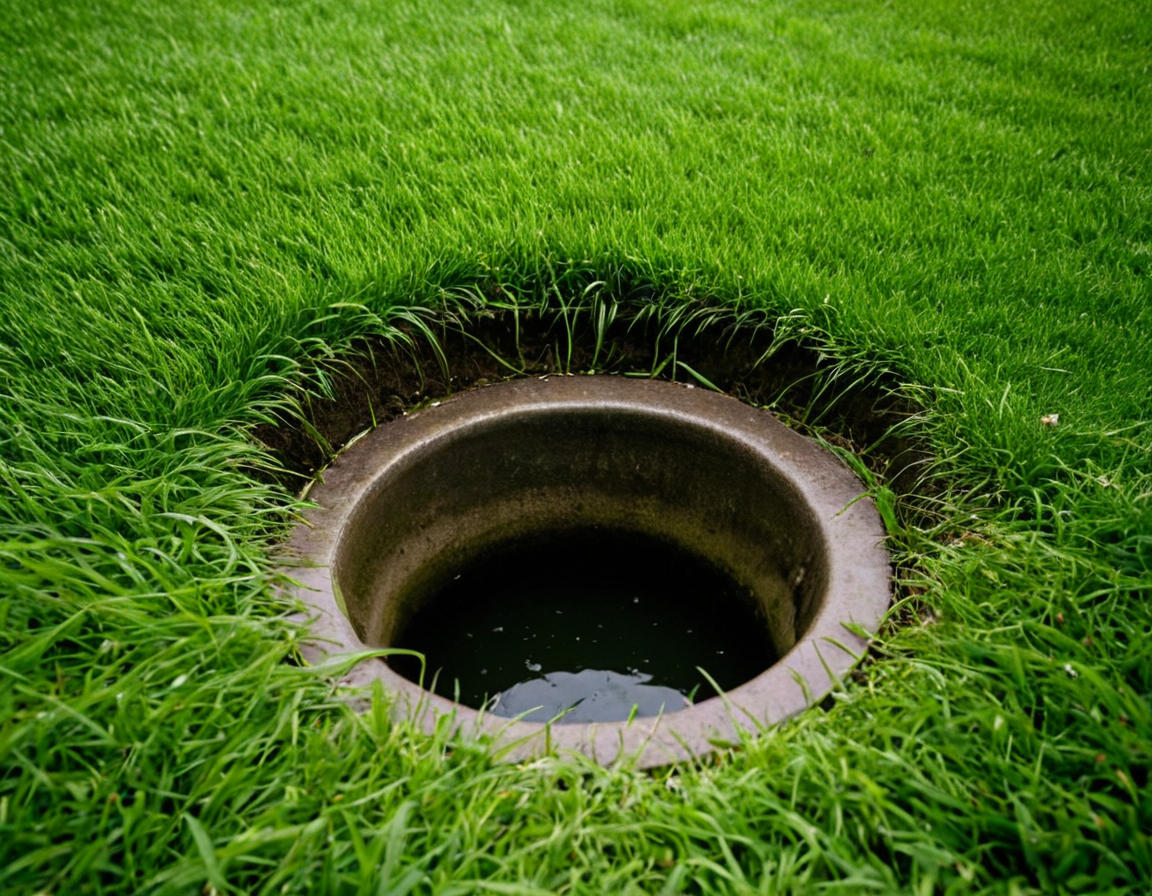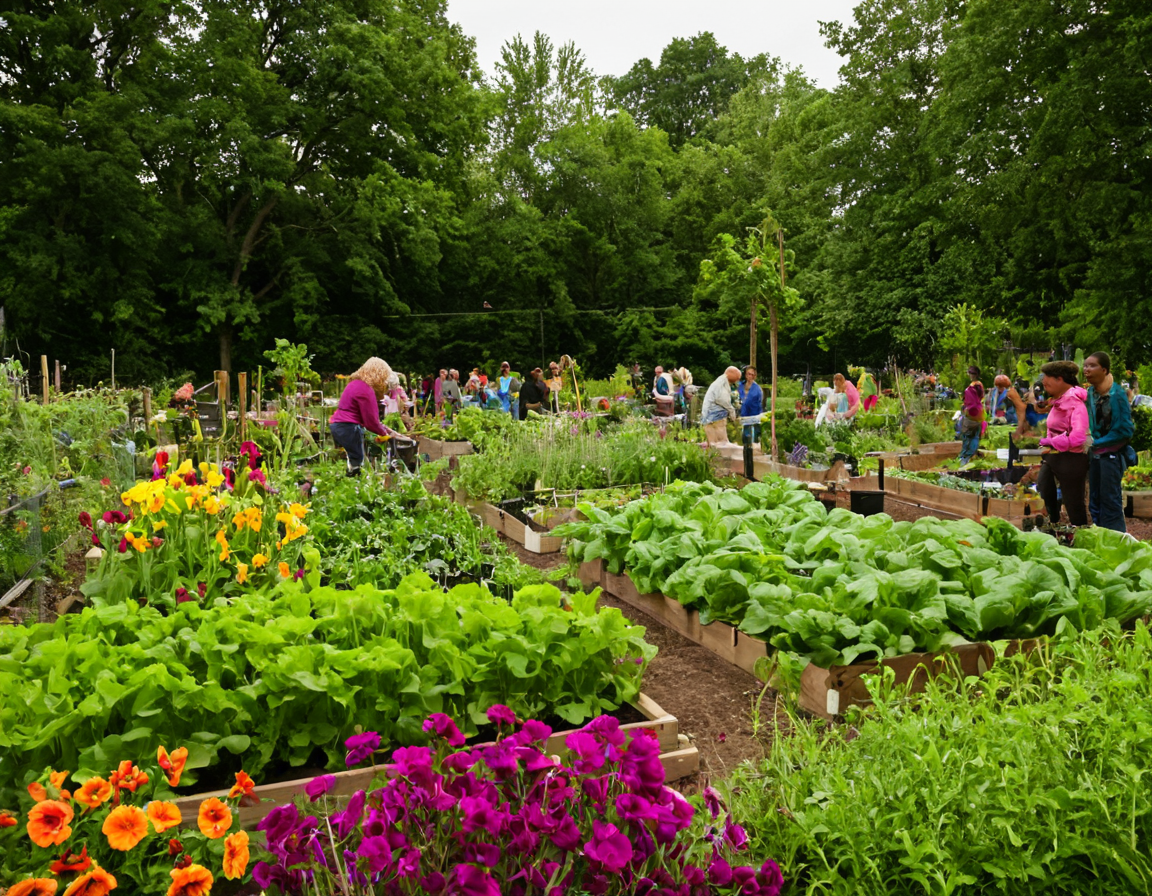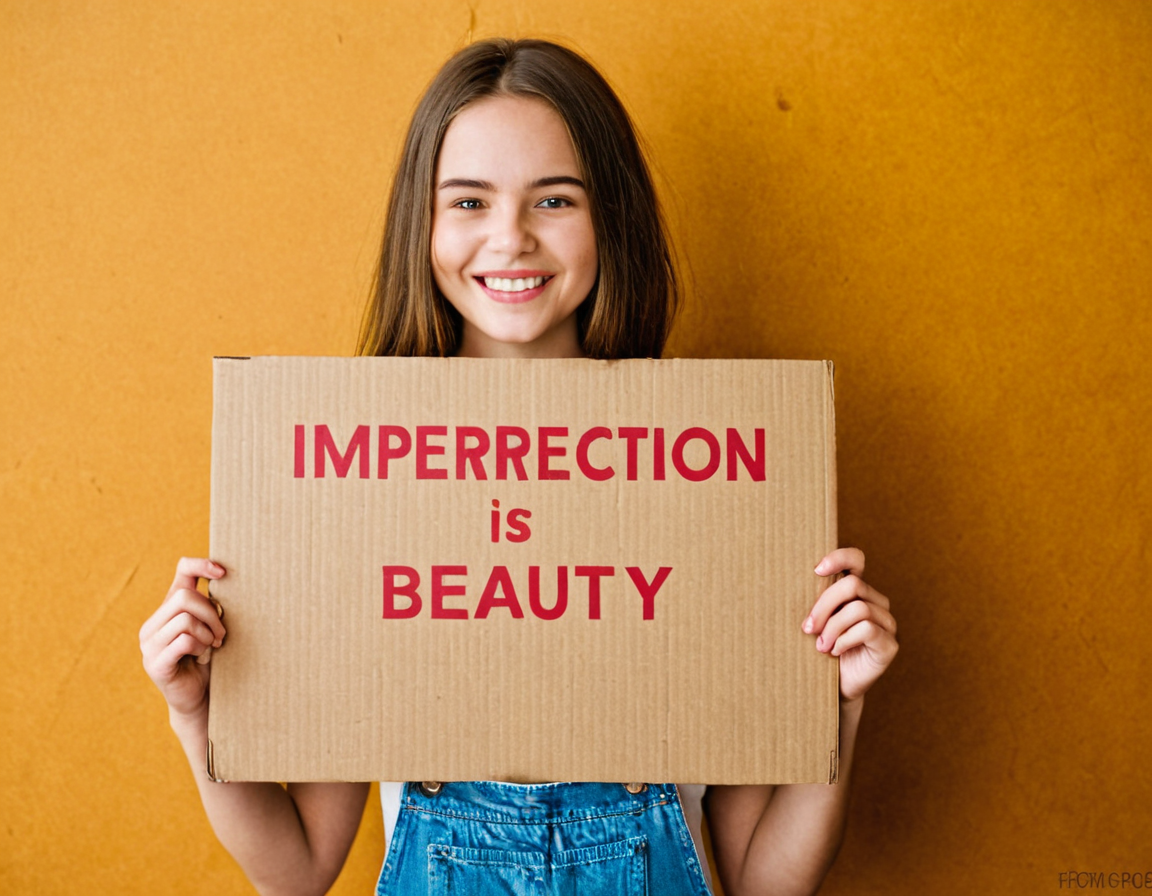**The Dark Side of Beauty**
As we stroll through the streets, it’s impossible to ignore the allure of perfectly manicured lawns, pristine facades, and immaculate architecture. But, have you ever stopped to think about the true cost behind these idyllic scenes? The façade of perfection often hides a world of neglect, greed, and environmental degradation.
In many affluent neighborhoods, the pressure to maintain an Instagram-worthy image has led to a culture of excess. Lawns are watered with reckless abandon, consuming precious resources and contributing to droughts. Trees are cut down to make way for perfectly manicured hedges, disrupting local ecosystems and causing irreparable harm to wildlife. And, behind closed doors, the owners of these pristine properties often engage in dubious dealings, prioritizing profits over people and the planet.

The pursuit of beauty has also led to the exploitation of vulnerable populations. In some cities, local residents are forced to live in squalid conditions, while wealthy investors reap the benefits of gentrification. The very concept of ‘beauty’ becomes a tool for social control, dictating who is worthy of living in certain areas and who should be pushed aside.

As we continue to prioritize the aesthetics over the actual state of our communities, we risk losing sight of what truly matters. It’s time to reevaluate our values and consider a more inclusive definition of beauty – one that celebrates diversity, promotes sustainability, and acknowledges the true cost of perfection.

Let’s not be swayed by the charm of ‘Feculent Facades.’ Instead, let’s choose a more authentic path – one that honors the complexities and imperfections of life. Only then can we create truly beautiful spaces that uplift all members of our society.

Note: The word ‘Feculent’ means having or giving off a foul odor, but in this context, it’s used to describe the darker side of something beautiful.

